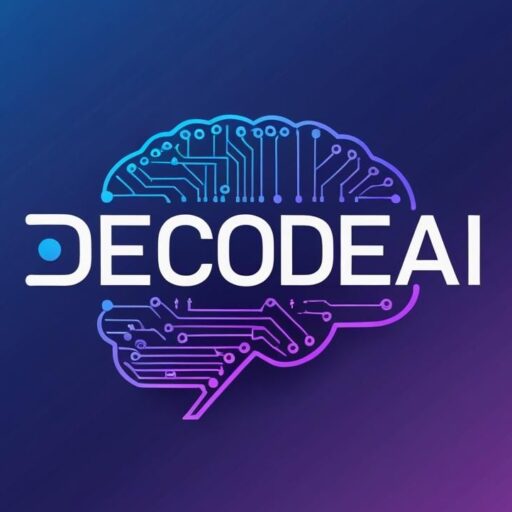Contents
Common AI Myths Debunked
Introduction
Artificial Intelligence (AI) is one of the most transformative technologies of our time. But with great innovation comes great misinformation. From Hollywood movies to online forums, AI is often misunderstood. Let’s clear the air by debunking some of the most common AI myths.
Myth #1: AI Is Sentient or Conscious
One of the biggest myths is that AI systems like ChatGPT or Siri are self-aware. In reality, AI doesn’t have consciousness, emotions, or personal thoughts. It works by recognizing patterns in data and generating responses based on training, not awareness.
Myth #2: AI Will Replace All Human Jobs
While AI does automate certain tasks, it’s more likely to transform jobs than eliminate them entirely. In most cases, AI handles repetitive or data-driven work, allowing humans to focus on creativity, strategy, and emotional intelligence—skills machines still can’t replicate.
Myth #3: AI Is 100% Objective and Fair
AI can reflect human biases if trained on biased data. That’s why ethical AI development is critical. Engineers and researchers must constantly audit models to ensure they treat all users fairly and without discrimination.
Myth #4: AI Can Think Like a Human
AI can simulate certain aspects of human thinking, like language or logic, but it doesn’t understand meaning or context the way humans do. It mimics intelligence—it doesn’t possess it. It doesn’t truly “know” anything; it generates responses based on probabilities.
Myth #5: AI Will Take Over the World
This fear is mostly science fiction. While AI has powerful applications, its capabilities are still controlled by human-built systems and ethical frameworks. Concerns like AI safety and misuse are valid, but the idea of AI world domination is far from reality.
Myth #6: You Need to Be a Tech Genius to Use AI
Modern AI tools are designed for everyone—from students and marketers to doctors and business owners. Many platforms offer user-friendly interfaces that require no coding knowledge, making AI accessible to non-technical users too.
Conclusion
AI is a powerful technology, but it’s often misunderstood. By separating fact from fiction, we can better understand its real potential—and limitations. Educating ourselves is the first step toward using AI responsibly and effectively.



